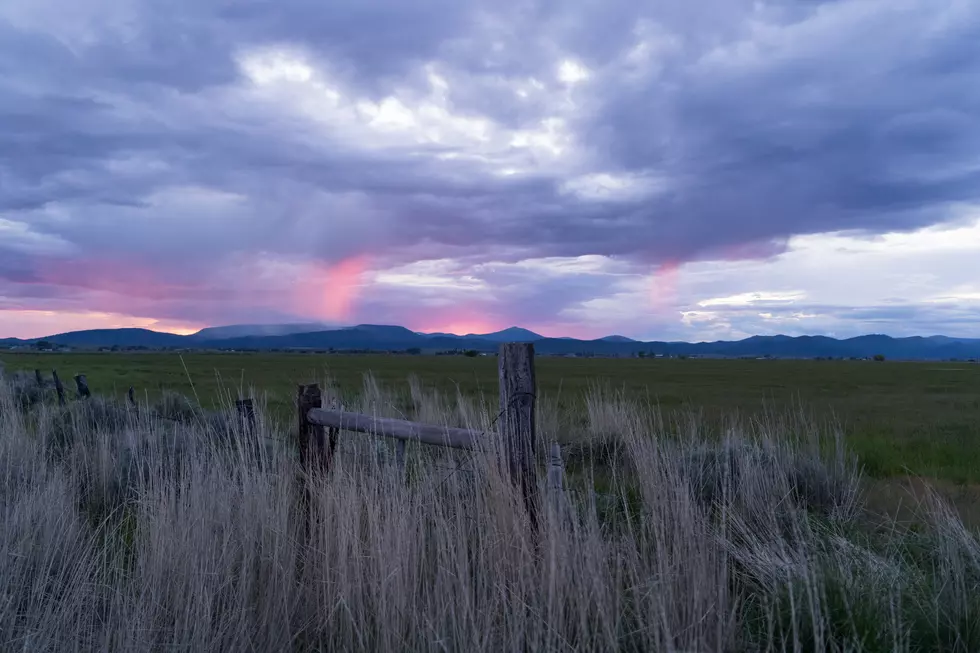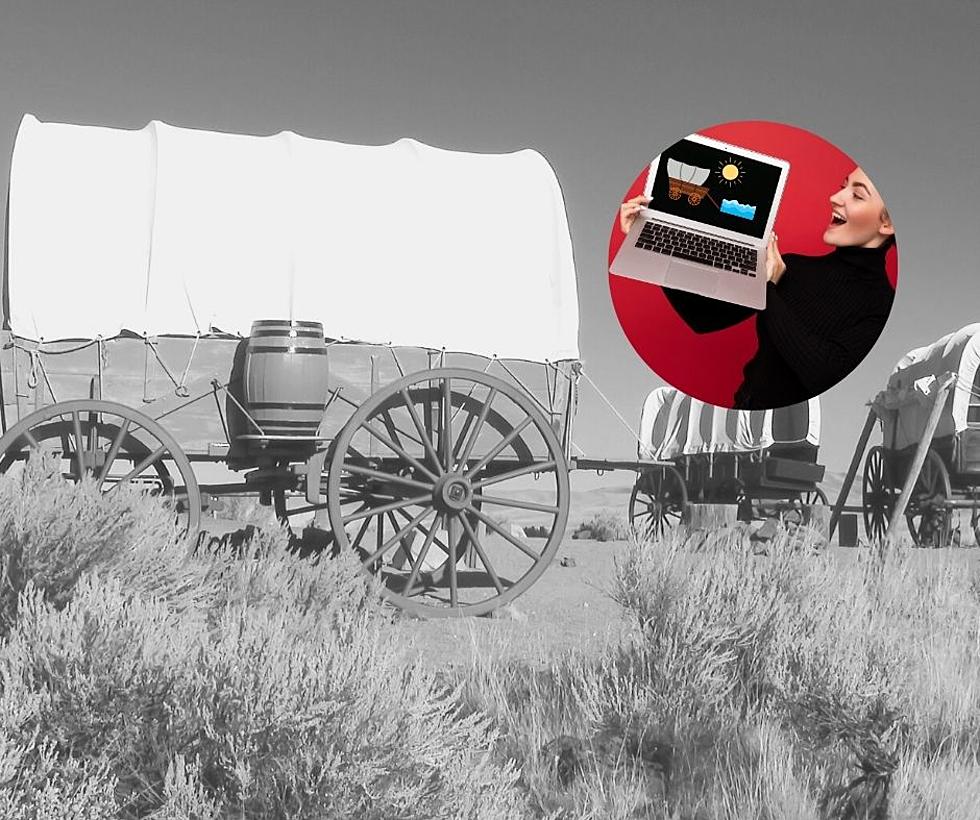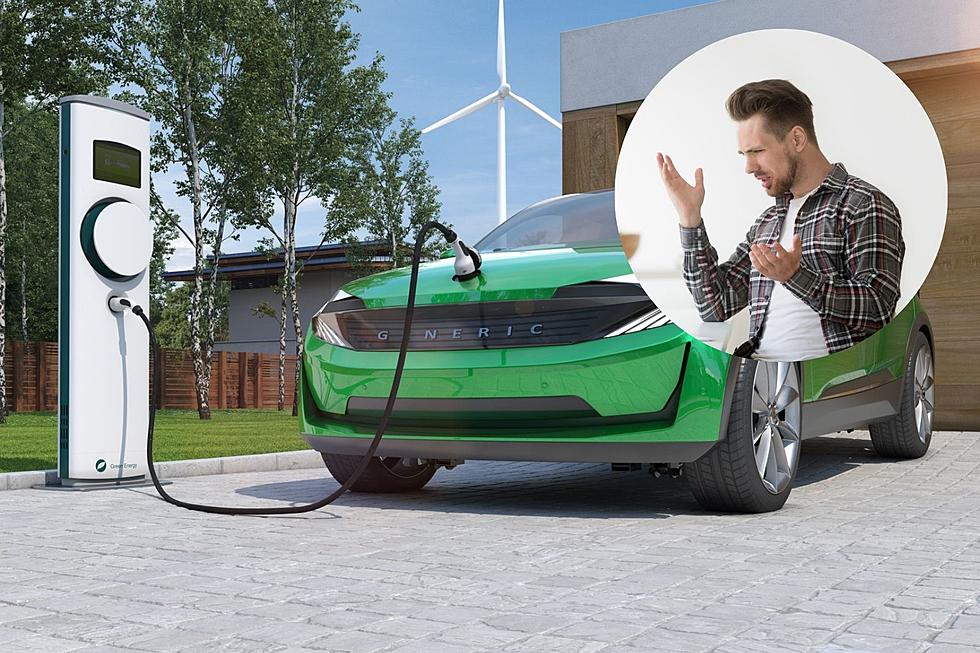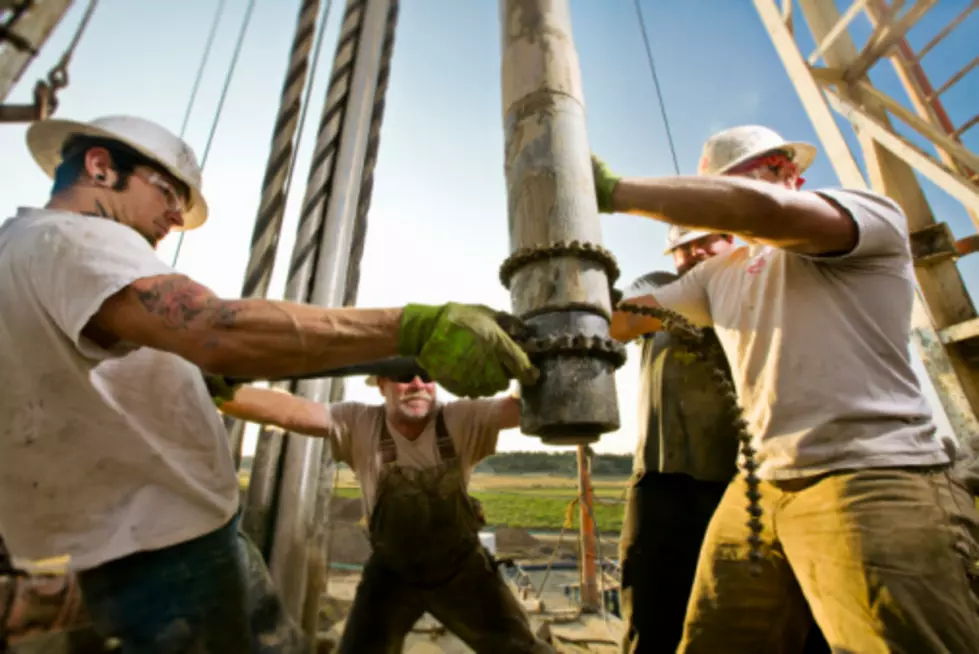A New Frontier: Solar Car Racers Arrive in Casper Via Oregon Trail
200 years ago, settlers began a near 2,000-mile journey to emigrate west. Hundreds of thousands of American pioneers hitched up their covered wagons to their oxen, loaded up their supplies, and began the long, arduous journey to the American West.

This 2,000-mile route would eventually come to be known as the Oregon Trail, and it passed through Missouri, Kansas, Nebraska, Wyoming, Idaho, and Oregon. It was a hard trail; many people died trying to travel it. But it was an important one as well, one that promised a better future, a brighter world. It was a new frontier and it was one that would change the face of American travel for the next century.
Now, 200 years later, it's happening again. But this time it's not covered wagons led by oxen; it's cars powered by the sun.
The American Solar Challenge is is currently taking place and, this year, the event follows the route of the Oregon trail, meaning that Casper has served as a checkpoint for the racers.
On Tuesday, July 11, the racers stopped off at the National Historic Trails Center and K2 Radio News was on hand to talk about what they were doing, why, and the historical significance of the Oregon Trail.
"The American Solar Challenge is a collegiate solar car event to design, build, and then drive a solar-powered vehicle along a predetermined route," said American Solar Challenge Event Director Gail Lueck. "In 2022, that predetermined route is the Oregon National Historic Trail, from Independence, Missouri to Twin Falls, Idaho."
Reid Miller is an Interpreter for the National Historic Trails Interpretive Center, and he says that the American Solar Challenge is actually a pretty similar scenario to the story that happened almost two hundred years ago.
"[This race] is the perfect opportunity to interpret the change that's occurred in the last 150 years in our nation and how we transport ourselves and how we view our place in the environment," Miller said. "50 years from now, these cars are gonna be the norm. They're groundbreaking novelties right now, but they're going to be very common in half a century. This really is a pioneering effort to demonstrate what's possible; just like the pioneers that went to the far west. They were demonstrating that they could do it; that they could start a new life out there. So there's some real wonderful parallels here."
Those parallels present themselves in a variety of ways except, of course, the means by which the groups are traveling.
Lueck explained that each of the cars were designed, built, and driven completely by college students.
One of those students is Amber Zierden. She is the team captain for the University of Minnesota Solar Eco Project.
Zierden said that these cars, powered entirely by the sun, are absolutely incredible machines, created by people who may not even be old enough to sit in a bar.
"It is designed, built, and raced completely from the ground up, by our entire team," she stated. "It is an engineering feat and a logistical feat to make this. This whole thing takes a whole lot of teamwork. It's obviously not possible to know everything about every aspect of the car, so you really have to be able to trust your teammates and believe that they know what they're doing. There's a bunch of different plans that you have to make come together, and it's pretty dang incredible that a bunch of undergraduate students are able to do it."
Incredible, indeed. These students are absolutely brilliant. In fact, while K2 Radio was on hand, we spoke with one student from MIT. Like, the MIT. Like, the school that people in movies want to go to because they're super smart. Like Peter Parker. Peter Parker (Spiderman) wanted to go to MIT.
Alas, these students aren't web-slinging superheroes, but they are brilliant, nonetheless.
Take, for instance, Li Xuan.
"When I came to MIT, I decided I wanted to be a part of a build team," he said. "So there's a lot of build teams at MIT. We have things like the rocket team, which builds rockets (!), the solar car team, and we also have one called Arcturus, which is an autonomous boat team. There's a lot. And so I visited some of the open house events for these teams early my freshman year, and I just kind of got interested in this car and this community and that got me into it."
Xuan said that there were many struggles that went along with building their solar car, but he said the biggest challenge was COVID-19.
"COVID was a tough time for the team," he stated. "We couldn't meet at all. And this car was supposed to race in 2020, but it got delayed until '21, because there was no race in 2020. But I think, right now, our big challenge is that aside from working on this car right now, we're also designing a brand new one for 2024, the race in two years' time. And that's going to be a two-seater."
Xuan said his team has never built a two-seated car before, so they were excited to talk with other teams, such as the one from Minnesota, and get their advice and input.
And that's one of the other special things about the American Solar Car Challenge; yes, it's a race, but each of the students rely on each other, their teammates and opponents, to get to the finish line. It's a competition, but there's a certain kind of camaraderie that exists between all of the competitors.
"This sounds cliche, but but I'd say the people are my favorite part about this whole thing," Xuan said. "My team is amazing, we have an amazing group."
Zierden had the same answer.
"The camaraderie is my favorite part," she said. "This whole team is awesome. We make each other laugh, we support each other in tough times and there's nothing like it."
And, really, isn't that how it could have been all those years ago on the Oregon Trail? They didn't have much, back then. They had their animals, some flour, some bacon, some coffee, and that's about it. But the most important thing they had was each other. And though a lot has changed in the last 200 years, that simple fact has not. The most important thing these students need on this journey...is each other.
And, like, the sun. They definitely need the sun.
Check out some of the photos of these incredible cars (and their equally incredible creators) below:
A New Frontier: Solar Car Racers Arrive in Casper Via Oregon Trail
More From 107.9 Jack FM









